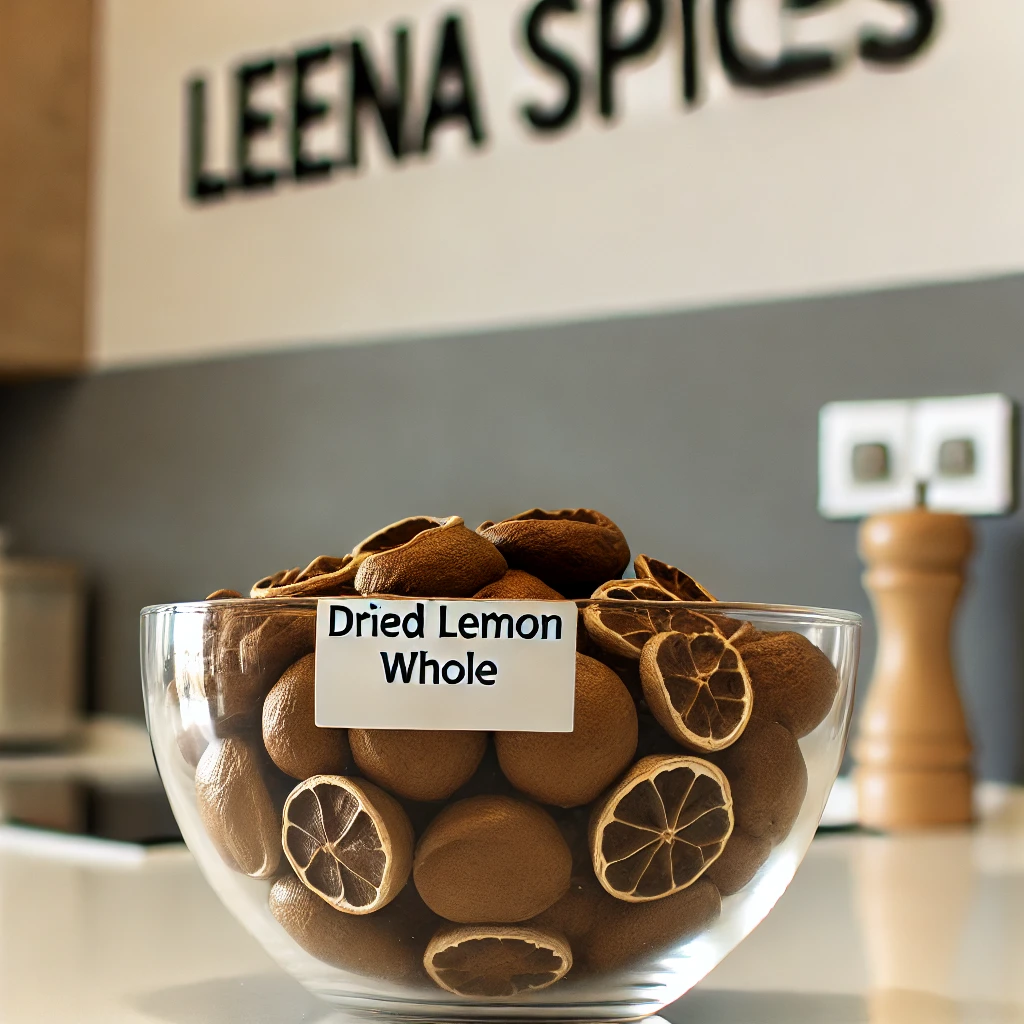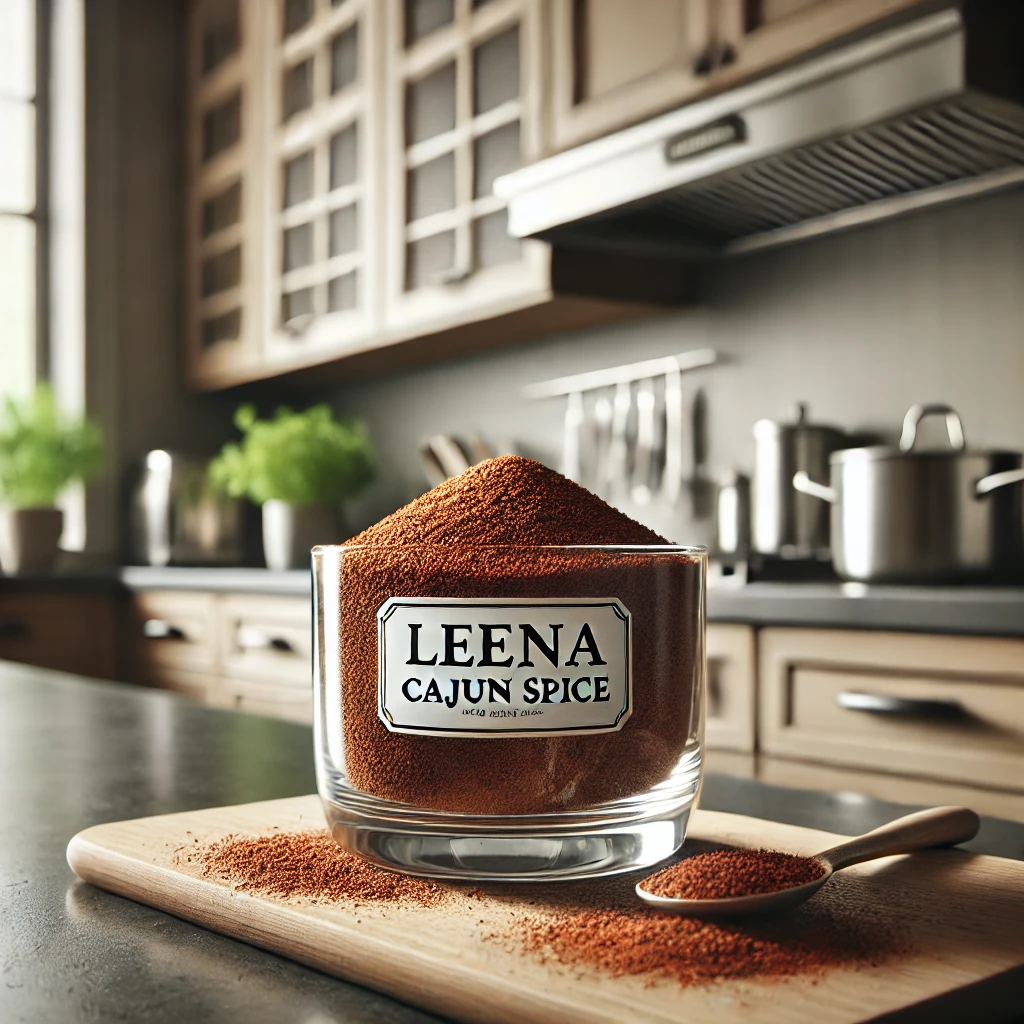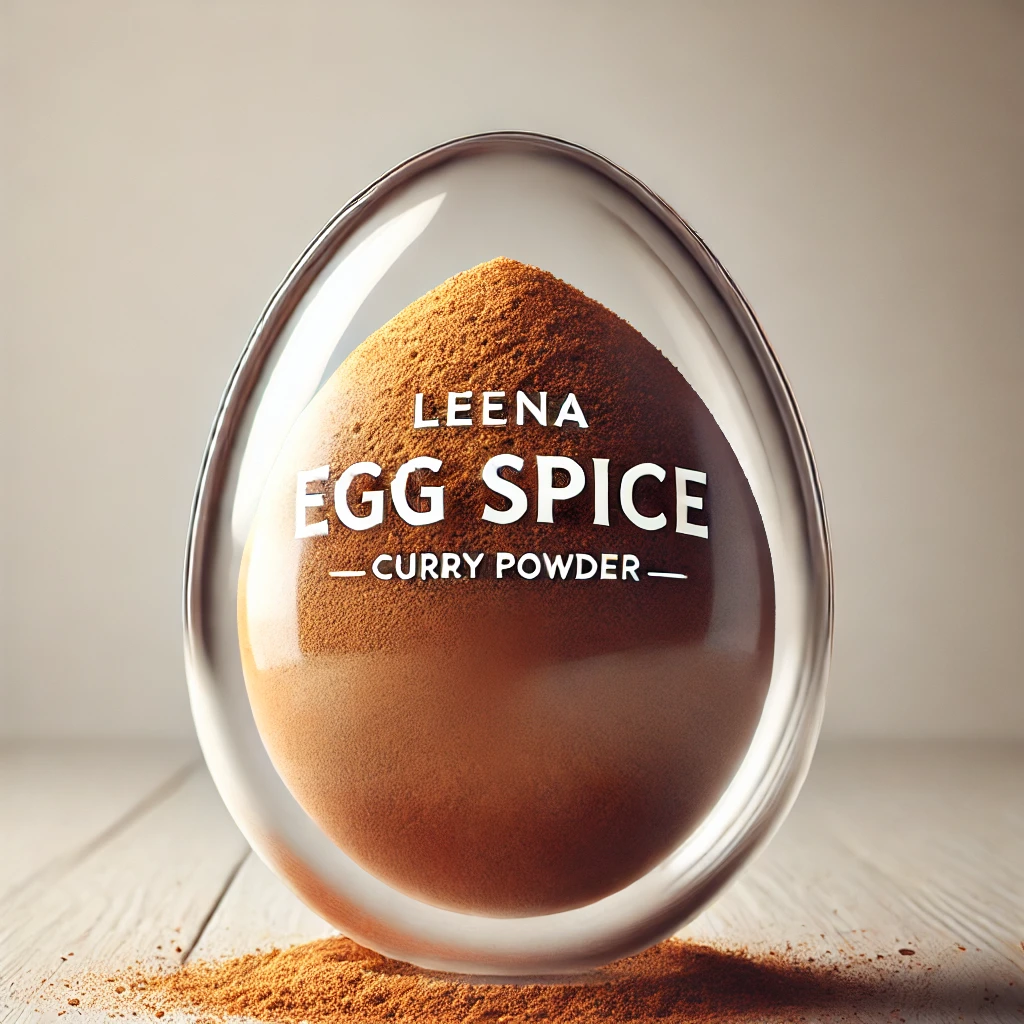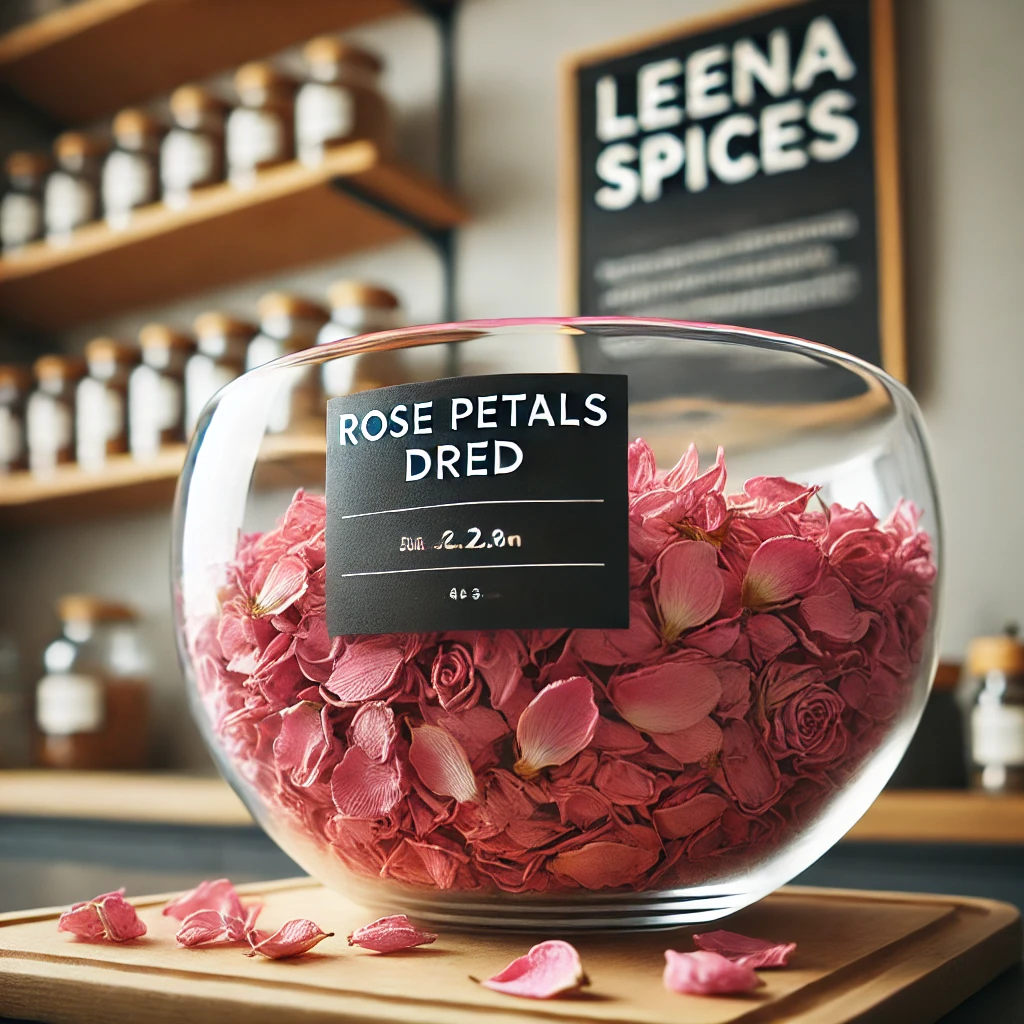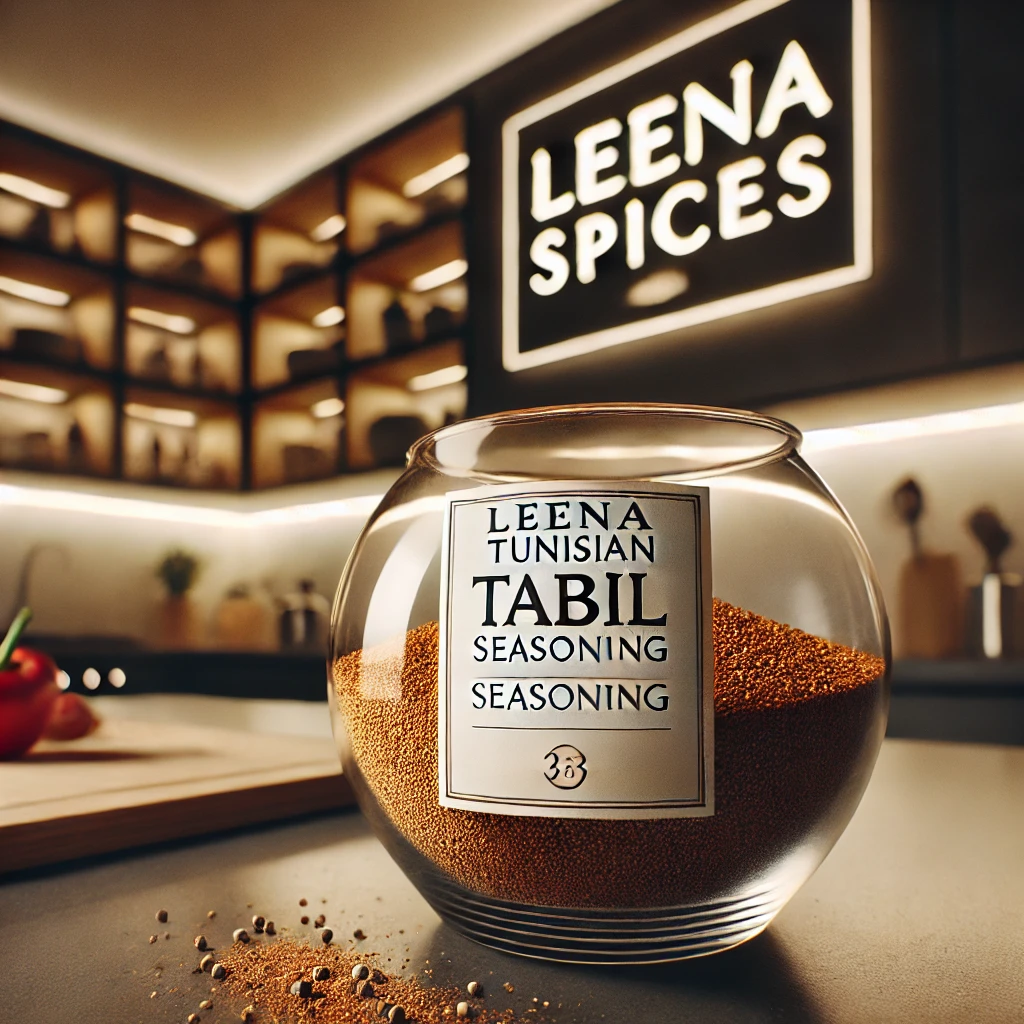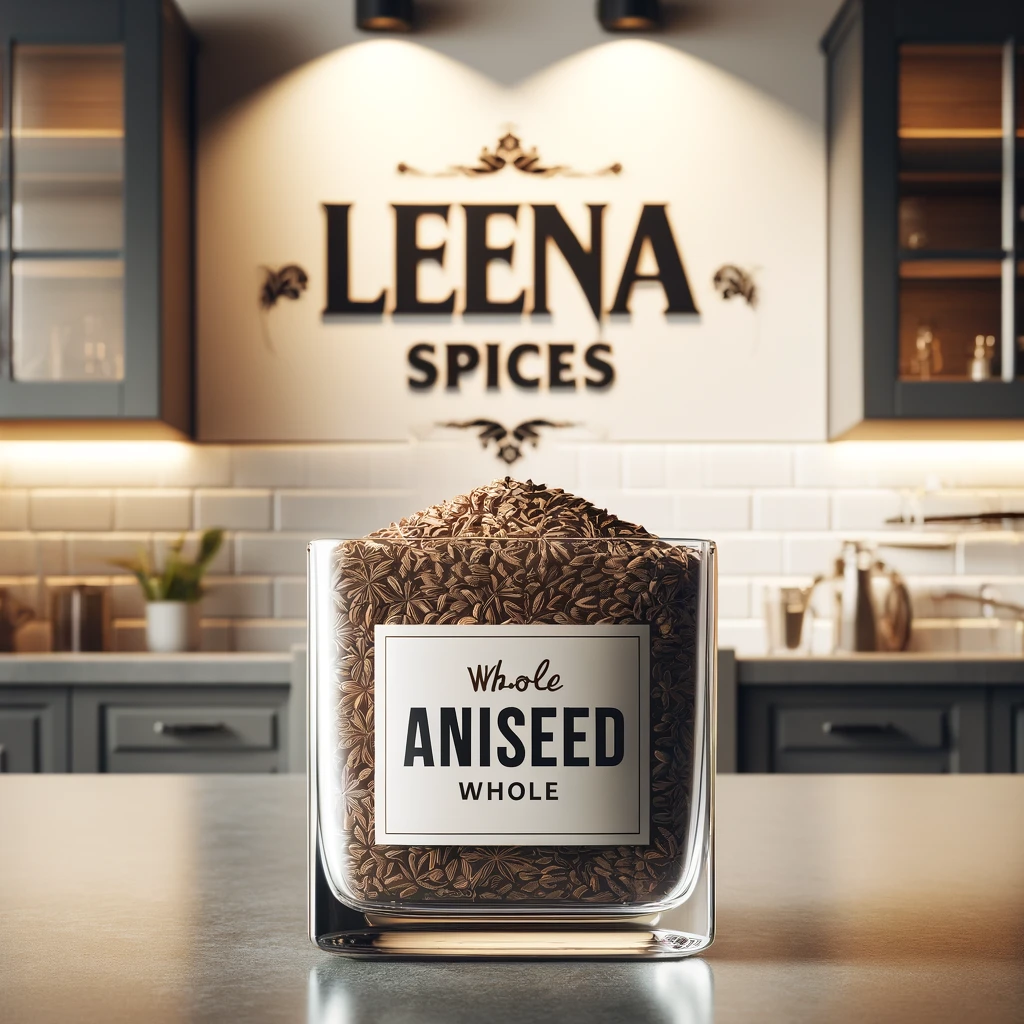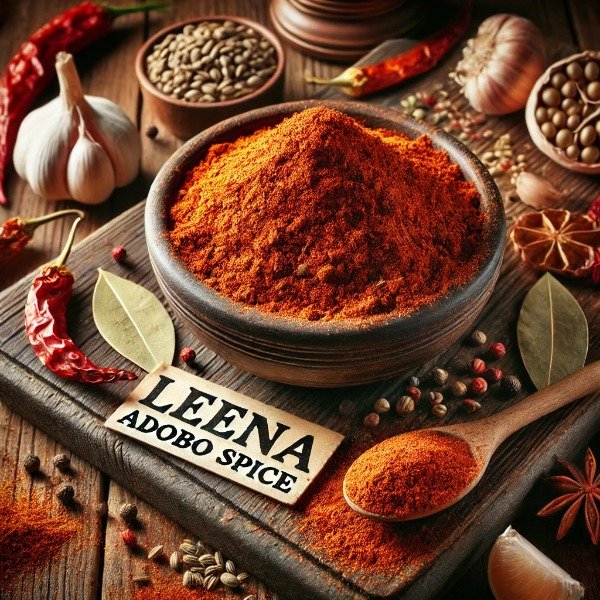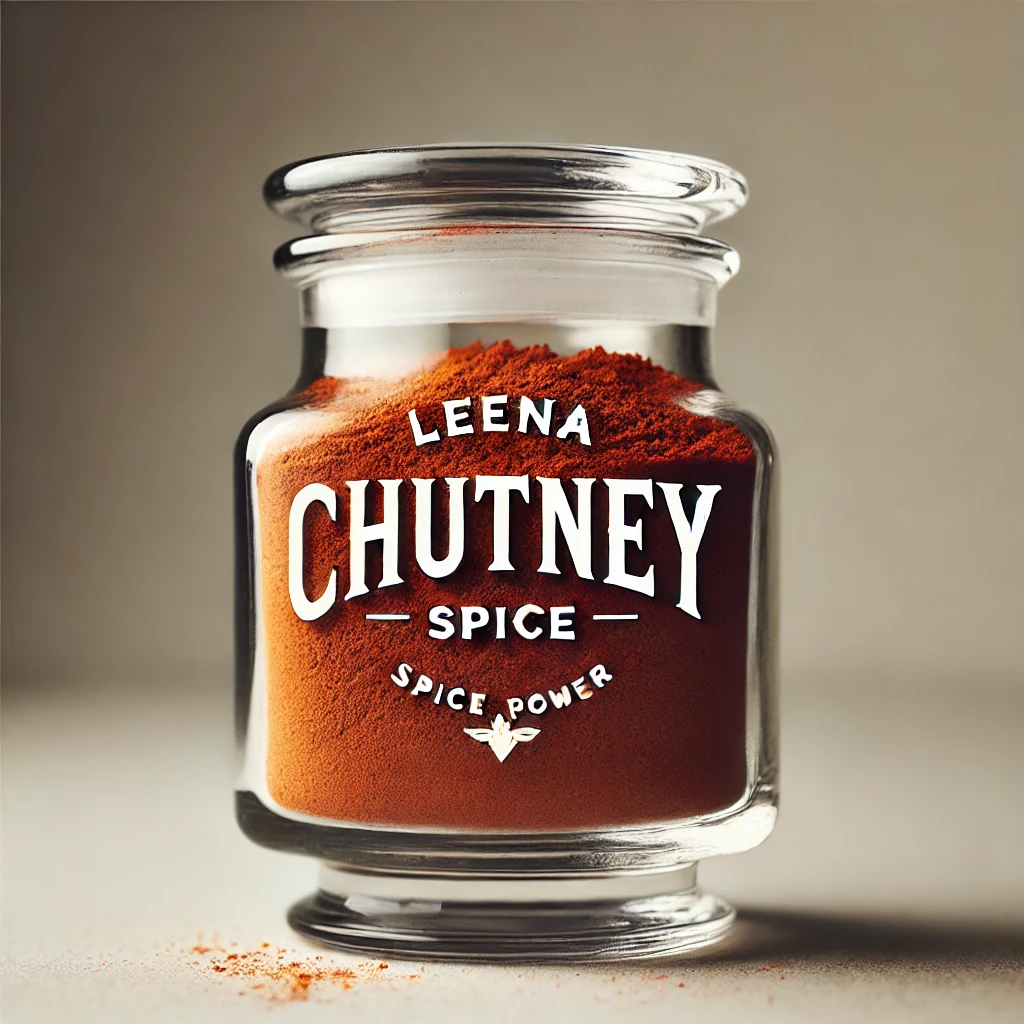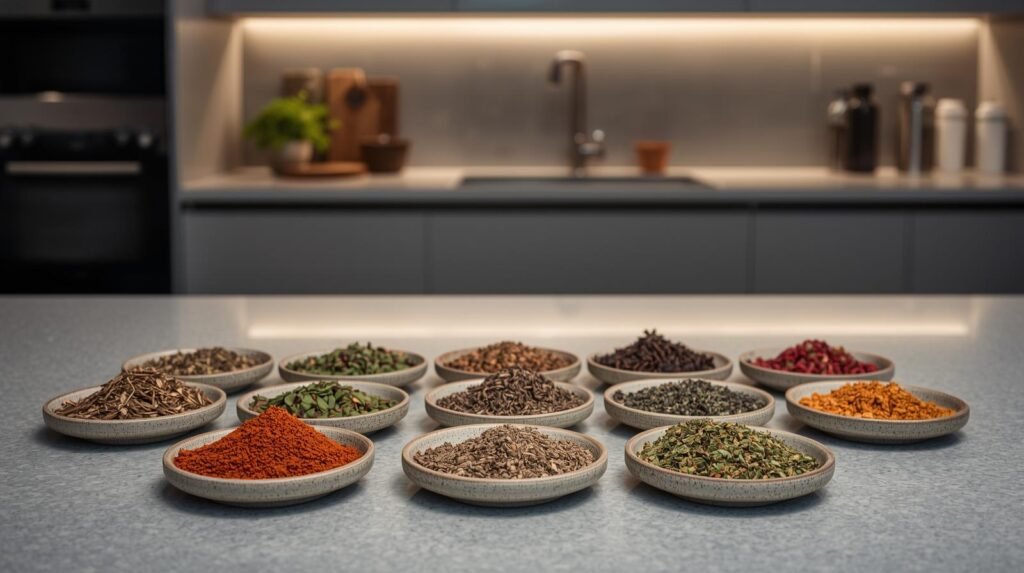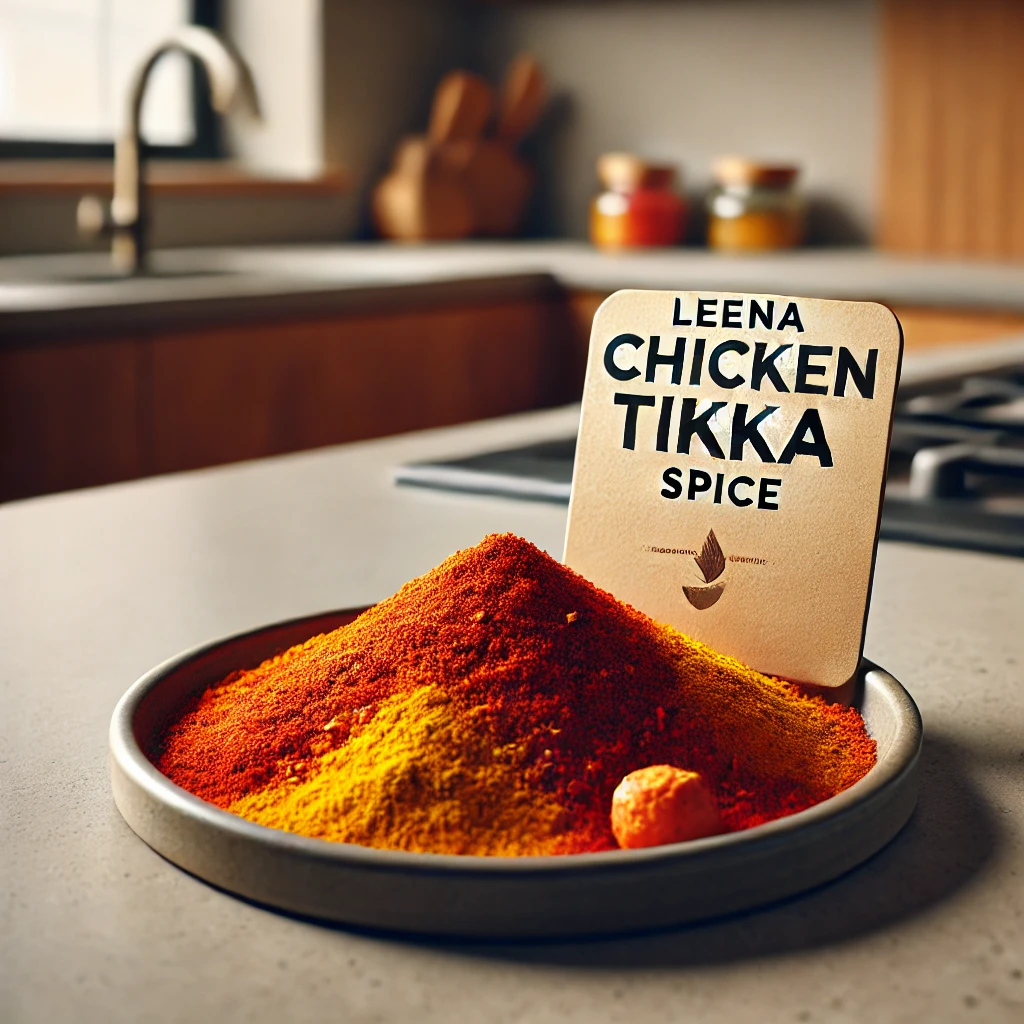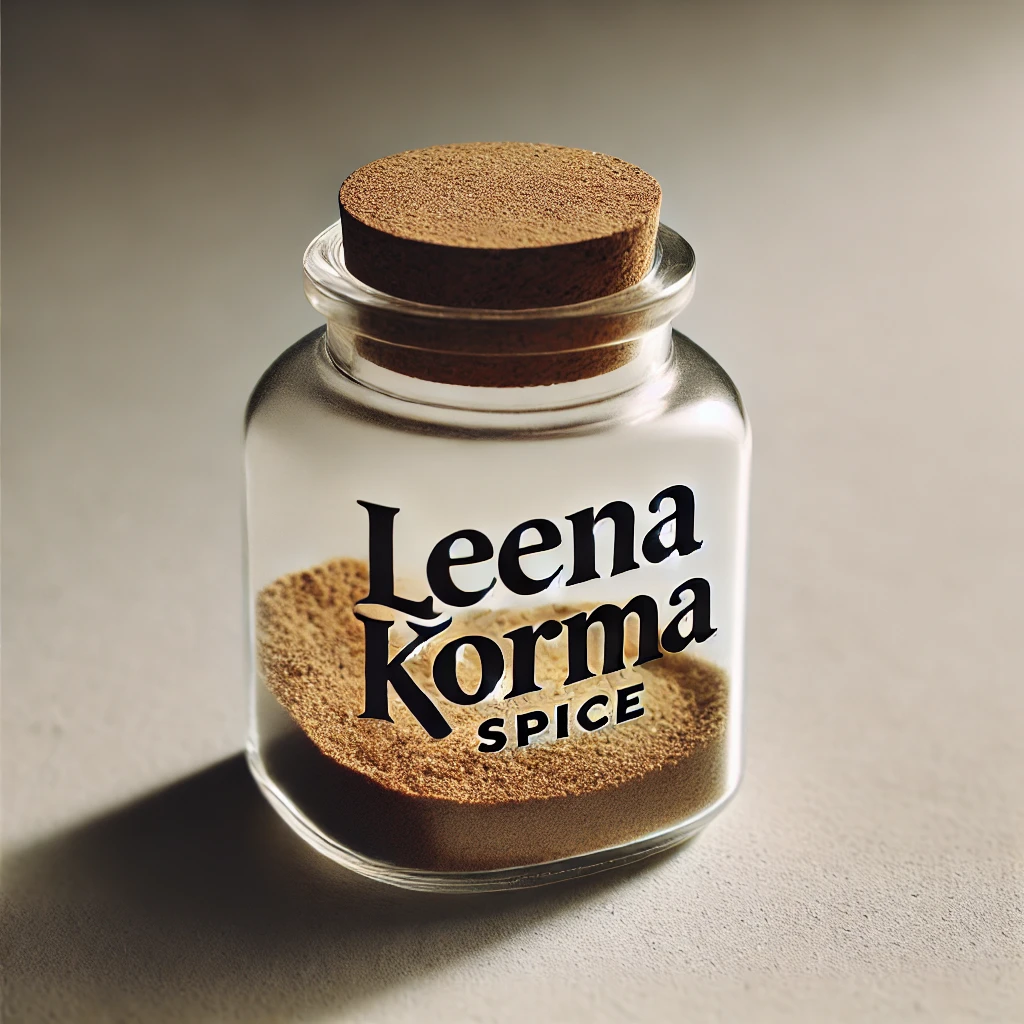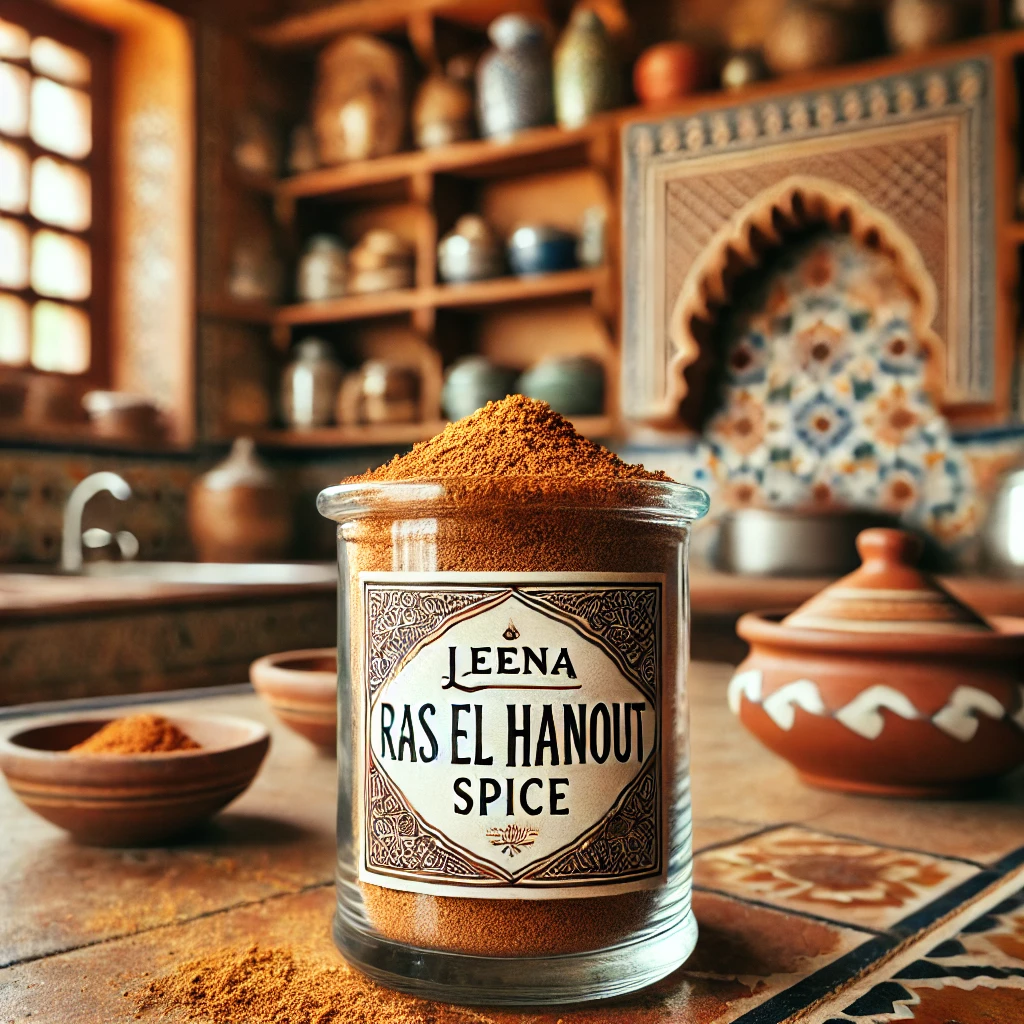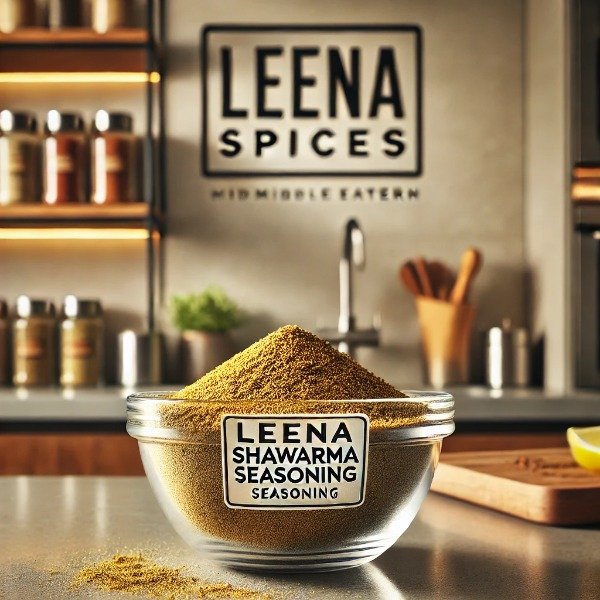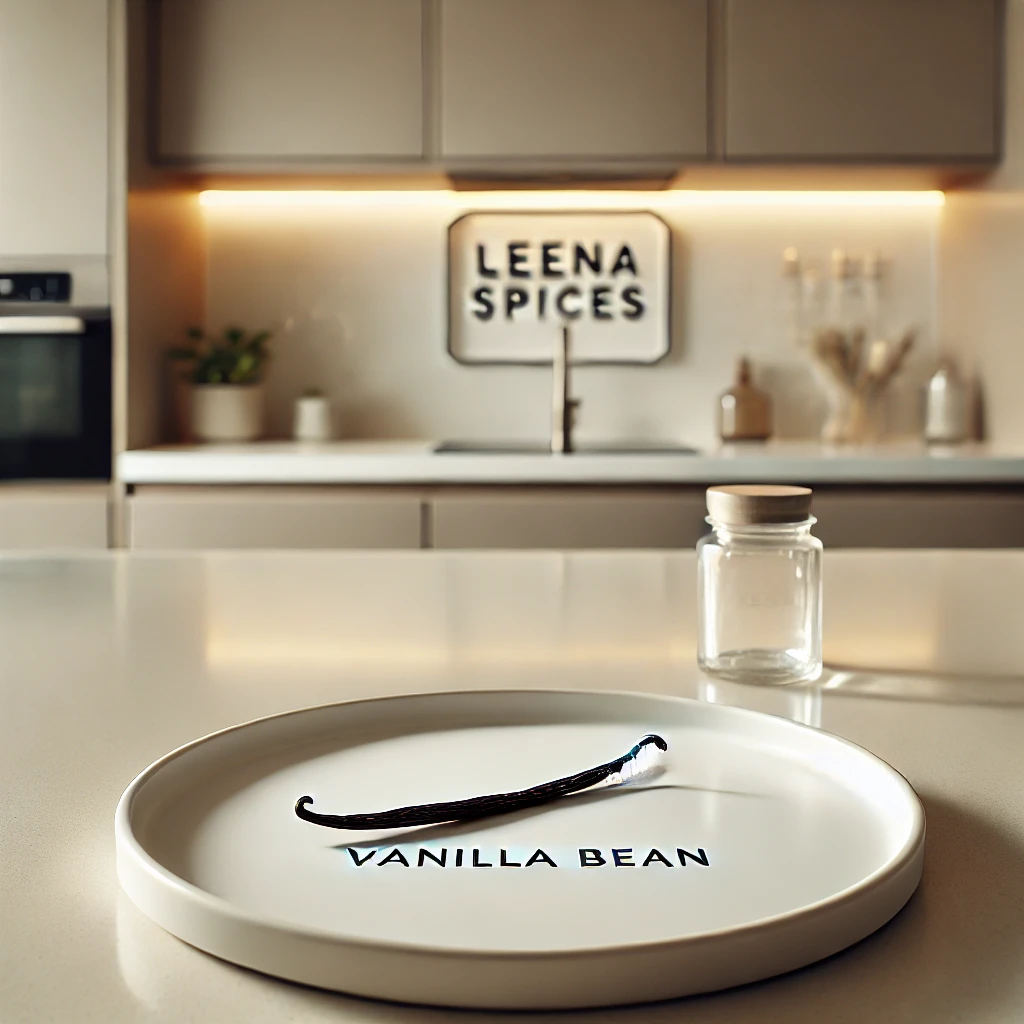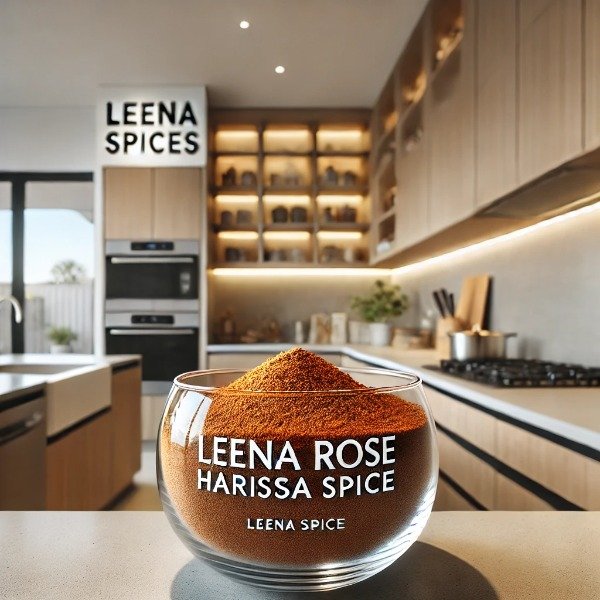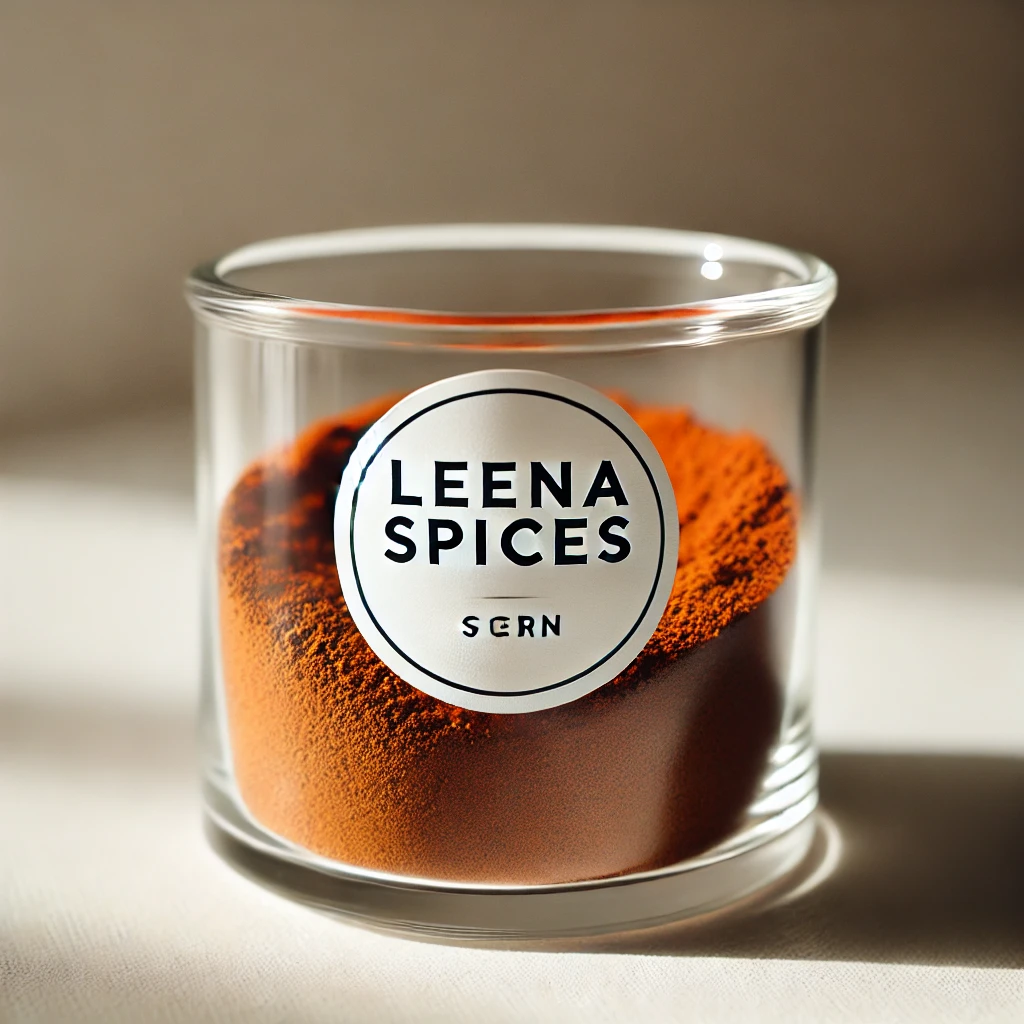Discover Dhaga Mishri: India’s Pure, Unrefined Rock Sugar, Ingredients & 9 Ayurvedic Health Benefits
Table of Contents
- Introduction to Dhaga Mishri
- What is Dhaga Mishri?
- Why it is unique in Indian tradition
- Key Takeaways (Quick Overview)
- Main Ingredients of Dhaga Mishri
- Sugarcane Juice (Ganna)
- Palmyra Palm Sap (Tal Mishri)
- Water and Minimal Processing
- How Dhaga Mishri is Made
- Traditional Crystallization Process
- Step-by-Step Artisanal Method
- Importance of the Cotton Thread (Dhaga)
- Difference from Regular Sugar & Other Rock Sugar
- Texture, Nutritional Profile, and Purity
- Ayurvedic Perspective
- Health Benefits According to Ayurveda
- Cooling & Balancing Pitta
- Digestive Support
- Respiratory and Throat Care
- Energy, Circulation, Mood, and Lactation
- Practical Uses of Dhaga Mishri
- Culinary Applications
- Ayurvedic Remedies
- Cultural & Festive Uses
- FAQs About Dhaga Mishri
- Conclusion
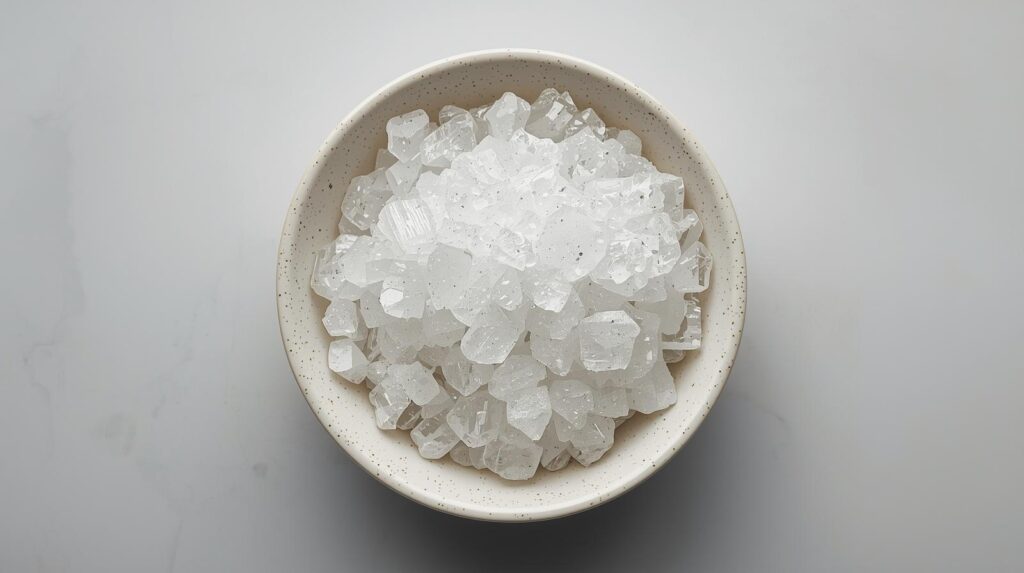
Key Takeaways: Dhaga Mishri
What is Dhaga Mishri?
Dhaga Mishri, or “thread rock sugar,” is a traditional Indian sweetener made by crystallizing sugarcane juice (or sometimes palm sap) on cotton threads.
What are its main ingredients?
Pure sugarcane juice is the primary ingredient. In some regional varieties, palm sap (Tal Mishri) is used. No chemicals, preservatives, or artificial colors are added.
How is it made?
The sugarcane juice is boiled into a thick syrup, then allowed to crystallize slowly on suspended cotton threads over 5–7 days. This creates translucent, thread-bound crystals with minimal processing.
What makes it different from regular sugar or rock sugar?
Unlike refined sugar, Dhaga Mishri is unprocessed, retains trace minerals, has a mild sweetness, and carries cooling properties praised in Ayurveda. Other rock sugars may lack the thread method or slow crystallization, making Dhaga Mishri unique.
What are its Ayurvedic health benefits?
According to Ayurveda, Dhaga Mishri:
- Soothes sore throat and cough
- Aids digestion
- Balances Pitta dosha (cooling effect)
- Boosts energy and circulation
- Supports memory, mood, and sleep
- Helps lactation and postpartum wellness
- Acts as a natural mouth freshener
How should it be consumed?
Typically 1–2 teaspoons daily, eaten directly, dissolved in milk or herbal teas, or paired with fennel seeds after meals.
Why choose Dhaga Mishri over regular sugar?
It is more natural, less processed, and richer in minerals, offering gentle sweetness and holistic wellness benefits, unlike refined sugar which can spike blood sugar and aggravate doshas.
What is its cultural significance?
Dhaga Mishri is used in festive sweets, Ayurvedic remedies, rituals, and as a traditional mouth freshener in India, preserving centuries-old culinary and medicinal traditions.
What is Dhaga Mishri?
Dhaga Mishri, often called thread mishri or rock sugar on strings, is a traditional Indian sweetener known for its purity and natural sweetness. The word Dhaga means “thread,” referring to the cotton strings used in its preparation, while Mishri is the Hindi term for crystallized sugar.
Unlike refined white sugar, Dhaga Mishri is created through a slow crystallization process. Sugarcane juice is boiled into syrup and allowed to form clear, delicate crystals on suspended threads. The result is clusters of translucent white or golden sugar that resemble sparkling gems.
Because it undergoes minimal chemical processing, Dhaga Mishri is considered more natural and wholesome than everyday table sugar. Its subtle, clean taste has made it a favorite in Indian households for centuries.
How Does Dhaga Mishri Differ from Regular Sugar or Rock Sugar?
1. Processing & Purity
- Dhaga Mishri: Made by slowly crystallizing sugarcane juice (or palm sap) around suspended cotton threads. This process is unhurried and chemical-free, leaving behind large, translucent crystals that retain some natural minerals.
- Regular White Sugar: Heavily refined from sugarcane or sugar beets, treated with chemicals, bleached, and stripped of any trace nutrients. What’s left is pure sucrose, often called “empty calories.”
- Other Rock Sugar (Mishri): Similar in appearance but usually made by crystallizing refined sugar syrup into chunks or blocks. While less processed than white sugar, many types lack the thread-based slow crystallization that defines Dhaga Mishri.
2. Texture & Appearance
- Dhaga Mishri: Recognizable by its thread-like clusters—crystals that cling to a central string. The color can range from clear white to pale golden, depending on the sugarcane used.
- White Sugar: Uniform, fine granules that dissolve instantly in liquids.
- General Rock Sugar: Usually large, hard chunks or crystalline blocks that take longer to dissolve.
3. Flavor & Sweetness
- Dhaga Mishri: Mild, gentle sweetness with a cooling after-effect on the palate. Ayurveda praises it for balancing body heat.
- White Sugar: Intense, sharp sweetness with no medicinal or cooling properties.
- Other Rock Sugar: Milder than white sugar but without the distinctive cooling effect of Dhaga Mishri.
4. Nutritional Value
- Dhaga Mishri: Because it is minimally processed, it can retain trace minerals like iron, calcium, and magnesium. Its slower absorption may give it a slightly lower glycemic impact compared to refined sugar.
- White Sugar: Offers nothing beyond calories—no minerals, no health edge. It also spikes blood sugar quickly.
- Rock Sugar: Nutritional value varies depending on processing, but most commercial varieties are essentially crystallized sucrose with little to no minerals.
5. Traditional & Ayurvedic Role
- Dhaga Mishri: Considered an alkaline, cooling food in Ayurveda. It is used for soothing sore throats, easing cough, aiding digestion, and calming body heat. It’s also common in rituals and as a post-meal mouth freshener with fennel seeds.
- White Sugar: Viewed as a heating food with no therapeutic qualities. Overconsumption is linked to health concerns like obesity, diabetes, and inflammation.
- Rock Sugar: Sometimes used in teas, sweets, or medicines, but lacks the cultural and medicinal depth of Dhaga Mishri unless made in the traditional thread method.
Difference Between Dhaga Mishri, Regular Sugar, and Rock Sugar
Feature | Dhaga Mishri (Thread Rock Sugar) | Regular White Sugar | Other Rock Sugar (Mishri) |
Processing | Slow, natural crystallization of sugarcane juice or palm sap around cotton threads; minimal or no chemicals. | Highly refined, chemically treated, bleached, and processed to uniform granules. | Crystallized from sugar syrup, often without thread; may be refined or unrefined. |
Appearance | Large, translucent crystals attached to threads; irregular shapes, white to pale golden. | Fine, uniform white granules or powder. | Hard, block-like or chunk crystals, sometimes colored. |
Texture | Crunchy, delicate, easy to break; dissolves slowly. | Very fine, dissolves instantly. | Hard chunks, slow to dissolve. |
Flavor & Sweetness | Mild, subtle, cooling effect (as per Ayurveda). | Sharp, intense sweetness, no medicinal qualities. | Clean, sweet flavor but lacks cooling property. |
Nutritional Value | Retains some trace minerals (iron, calcium, magnesium); lower glycemic impact than refined sugar. | Empty calories with no nutrients; high glycemic index (quick blood sugar spikes). | Mostly sucrose; minerals vary depending on processing. |
Ayurvedic View | Cooling, alkaline food; used for sore throat, cough, digestion, and reducing body heat. | Heating, acidic food; no therapeutic role. | Sometimes used in remedies, but not as valued as Dhaga Mishri. |
Cultural Uses | Offered in rituals, eaten with fennel seeds as a mouth freshener, added to Ayurvedic medicines and festive sweets. | Everyday cooking, baking, beverages. | Used in sweets, teas, infusions, and as candy. |
Key Identity | Always contains a thread (dhaga) at its core, symbol of slow, authentic crystallization. | No thread; purely refined sucrose. | Usually threadless; resembles simple crystallized sugar. |
Which One Is Better for You?
If you’re choosing between the three, Dhaga Mishri clearly stands out. Its natural crystallization process, trace minerals, and Ayurvedic cooling properties make it a healthier and more traditional alternative to refined sugar.
How Is Dhaga Mishri Made?
1. Extracting the Juice
The journey begins with fresh sugarcane stalks (or sometimes palm sap). The stalks are crushed to extract raw juice, which is full of natural sugars and minerals. In premium varieties, organic sugarcane is used to ensure purity.2. Boiling and Concentrating
The juice is transferred to wide vessels traditionally earthen pots or large metal drums, and boiled over a fire. This boiling serves two purposes: it evaporates excess water and removes impurities. After several hours, the liquid reduces into a thick, amber-colored syrup.3. Preparing the Threads (Dhaga)
Once the syrup is ready, cotton threads are suspended inside the vessels. These threads are the heart of the process—the “skeleton” on which sugar crystals will grow. They act as nucleation points, giving dissolved sugar molecules something to cling to as they begin forming crystals.4. Slow Crystallization
The hot syrup is carefully poured into the vessels with the suspended threads, then covered and left in a cool, shaded spot. Over the next 5–7 days (sometimes longer in traditional setups), the syrup cools gradually. As it does, sugar molecules slowly begin to attach to the threads, forming large, clear, sparkling crystals. The slower the cooling, the larger and purer the crystals.5. Harvesting and Drying
When the crystals are fully formed, the threads are gently lifted out, now coated in chunky clusters of Mishri. These are left to dry naturally, often in the sun, to give them extra crunch. Once dried, the Mishri is broken into pieces and either sold still clinging to the threads (a mark of authenticity) or packaged without them.Why This Process Matters
This slow, artisanal method preserves more of the natural minerals in sugarcane, for eg; iron, calcium, and magnesium, while avoiding chemical refining. It also gives Dhaga Mishri its signature qualities: large, translucent crystals, a gentle sweetness, and the cooling effect praised in Ayurveda.What Are the Main Ingredients of Dhaga Mishri?
Dhaga Mishri is one of the simplest and purest sweeteners in the world. Unlike refined sugar, which often undergoes chemical processing and bleaching, Dhaga Mishri is made from just a few natural ingredients with no additives, preservatives, or artificial coloring. Its purity and minimalism are what make it special.
Here are the main ingredients:
1. Sugarcane Juice (Ganna) – The Primary Source
- Fresh sugarcane juice is the heart of Dhaga Mishri.
- The juice is boiled, clarified, and concentrated into a thick syrup before crystallization begins.
- Because it’s minimally processed, it retains trace minerals such as iron, calcium, and magnesium, which are lost in refined sugar.
- Premium varieties use organic sugarcane, ensuring no pesticides or chemical residues.
2. Palmyra Palm Sap (Taad ka Ras) – The Regional Variation
- In some traditional methods, especially in South India, the sap of the Palmyra palm tree is used instead of sugarcane juice.
- Known as Tal Mishri, this version has a slightly nuttier flavor and is equally unrefined and natural.
- Though less common, it is valued in Ayurveda and local traditions.
3. Water (Supporting Role)
- Water is used during the boiling and concentration stage to prepare the syrup.
- Once crystallization begins, no other additives or chemicals are included.
Why Dhaga Mishri Stands Out
- No chemicals, no preservatives, no fillers. It is as natural as sugar can get.
- Vegetarian and minimally processed, making it a wholesome alternative to refined sugar.
- The only “magic” comes from the slow crystallization process on cotton threads, which gives Dhaga Mishri its iconic thread-bound crystals.
What are the health benefits of Dhaga Mishri according to Ayurveda?
1. Instant Energy & Vitality
- Ayurvedic View: Provides quick nourishment (rasa dhatu) without overstimulating the system.
- Use: Dissolve in herbal teas like tulsi or ginger, or add to warm milk for a natural pick-me-up.
2. Soothes Sore Throat & Respiratory Issues
- Ayurvedic View: Acts as a demulcent and expectorant, lubricating the throat and respiratory channels (pranavaha srotas). Helps relieve cough, cold, and even mild asthma.
- Use: Take with warm milk, black pepper, and a touch of ghee before bedtime.
3. Supports Digestion
- Ayurvedic View: Mildly stimulates agni (digestive fire) and works as a carminative, reducing gas and bloating.
- Use: Eat with fennel seeds (saunf) after meals as a traditional mouth freshener.
4. Natural Coolant
- Ayurvedic View: Its shita guna (cooling quality) calms excess body heat, acidity, and burning sensations. Balances Pitta dosha especially during summer.
- Use: Dissolve a spoonful in cool water or rose sherbet for hydration.
5. Oral Freshness & Palate Cleanser
- Ayurvedic View: Cleanses the mouth, refreshes breath, and cools the system.
- Use: Keep small pieces with fennel seeds to chew after meals.
6. Enhances Blood & Circulation
- Ayurvedic View: Thought to support rakta dhatu (blood tissue) by gently improving hemoglobin levels and circulation.
- Use: Mix in milk or herbal tonics to strengthen vitality.
7. Memory, Mood & Sleep
- Ayurvedic View: When taken in warm milk, Dhaga Mishri nourishes the mind (manas) and enhances clarity, memory, and mood. It is also calming for postpartum mothers.
- Use: Drink a cup of warm milk with Mishri before bed for better rest.
8. Relieves Nausea & Nosebleeds
- Ayurvedic View: Cooling and soothing to the stomach and nasal passages.
- Use: Dissolve in cool water to ease nausea, or in traditional remedies, apply dissolved Mishri solution for nosebleeds.
9. Supports Lactation
- Ayurvedic View: Often prescribed for new mothers to boost milk production and stabilize emotions after childbirth.
- Use: Combined with warm milk or traditional herbal blends.
A Note of Caution
While Dhaga Mishri is considered healthier than refined sugar, Ayurveda emphasizes moderation—generally no more than 1–2 teaspoons per day. Excessive intake may increase Kapha (leading to mucus, weight gain, or sluggish digestion) and should be avoided by people with diabetes or those closely watching their calorie intake.Health Benefits of Dhaga Mishri (According to Ayurveda)
Benefit | Ayurvedic Explanation | How to Use |
Instant Energy & Vitality | Nourishes rasa dhatu (essence of nutrition); provides quick energy without overstimulating the body. | Dissolve in herbal teas like tulsi/ginger or stir into warm milk. |
Soothes Sore Throat & Cough | Demulcent and expectorant; lubricates throat and clears pranavaha srotas (respiratory channels). | Mix with black pepper and ghee in warm milk before bed. |
Aids Digestion | Mildly stimulates agni (digestive fire); reduces gas, bloating, and heaviness. | Chew with fennel seeds (saunf) after meals. |
Natural Coolant | Balances excess Pitta; relieves acidity, burning sensations, and summer heat. | Dissolve 1 tsp in cool water, rose sherbet, or barley water. |
Oral Freshness | Cleanses palate, freshens breath, and cools the system. | Keep small pieces with fennel seeds as a post-meal mouth freshener. |
Enhances Blood & Circulation | Supports rakta dhatu (blood tissue); believed to improve hemoglobin and vitality. | Stir into milk or herbal tonics. |
Memory, Mood & Sleep | Nourishes manas (mind); enhances memory, clarity, and calmness. | Drink warm milk with Mishri before bedtime. |
Relieves Nausea & Nosebleeds | Cooling and soothing; calms stomach and nasal passages. | Dissolve in water for nausea or apply solution for nosebleeds. |
Supports Lactation | Traditionally used post-childbirth to boost milk production and stabilize mood. | Add to warm milk or herbal blends for new mothers. |
FAQs About Dhaga Mishri
Can Dhaga Mishri be used in everyday cooking and baking?
Yes! While it’s traditionally used in Ayurvedic remedies and festive sweets, Dhaga Mishri can also sweeten teas, desserts, and even baked goods. Keep in mind it dissolves slower than refined sugar, so it’s best used in recipes that allow time for melting or soaking.
How long does Dhaga Mishri last, and how should it be stored?
When kept in an airtight container in a cool, dry place, Dhaga Mishri can last 12–18 months. Avoid moisture to prevent clumping or crystal degradation.
Can children safely consume Dhaga Mishri?
Yes, in moderation. Its mild sweetness and cooling properties make it safer than refined sugar for occasional use, but daily intake should still be limited, especially for very young children or those sensitive to sugar.
Is Dhaga Mishri suitable for people with diabetes?
Ayurveda considers Dhaga Mishri gentler than refined sugar due to its lower glycemic impact, but it is still sugar. People with diabetes should use it sparingly and consult their healthcare provider before including it in their diet.
How is Dhaga Mishri different from sugar candy sold in stores?
Unlike commercial sugar candy, which is often heavily processed and artificially colored or flavored, Dhaga Mishri is entirely natural, crystallized slowly on threads, and retains trace minerals and Ayurvedic qualities.
Can I make Dhaga Mishri at home?
It’s possible on a small scale using sugarcane juice or syrup and cotton threads, but the authentic, large crystals require patience and careful temperature control, which is why it’s often sourced from trusted artisans.
Does Dhaga Mishri have any seasonal or regional variations?
Yes! Some regions use Palmyra palm sap instead of sugarcane juice, creating Tal Mishri, which has a slightly nuttier flavor. Seasonal variations depend on sugarcane harvests and local traditions.
Can Dhaga Mishri be used in Ayurvedic remedies for children and new mothers?
Absolutely. It’s traditionally included in postpartum tonics, herbal teas, and mild remedies for kids due to its gentle, cooling, and nourishing properties. Again, moderation is key.
Conclusion
Dhaga Mishri is a symbol of tradition, purity, and mindful indulgence. From its slow, artisanal crystallization on threads to its cooling and nourishing qualities praised in Ayurveda, every crystal carries centuries of culinary and medicinal wisdom. Whether used in festive sweets, soothing teas, or post-meal rituals, Dhaga Mishri offers a gentle sweetness that supports digestion, energy, and overall well-being.


